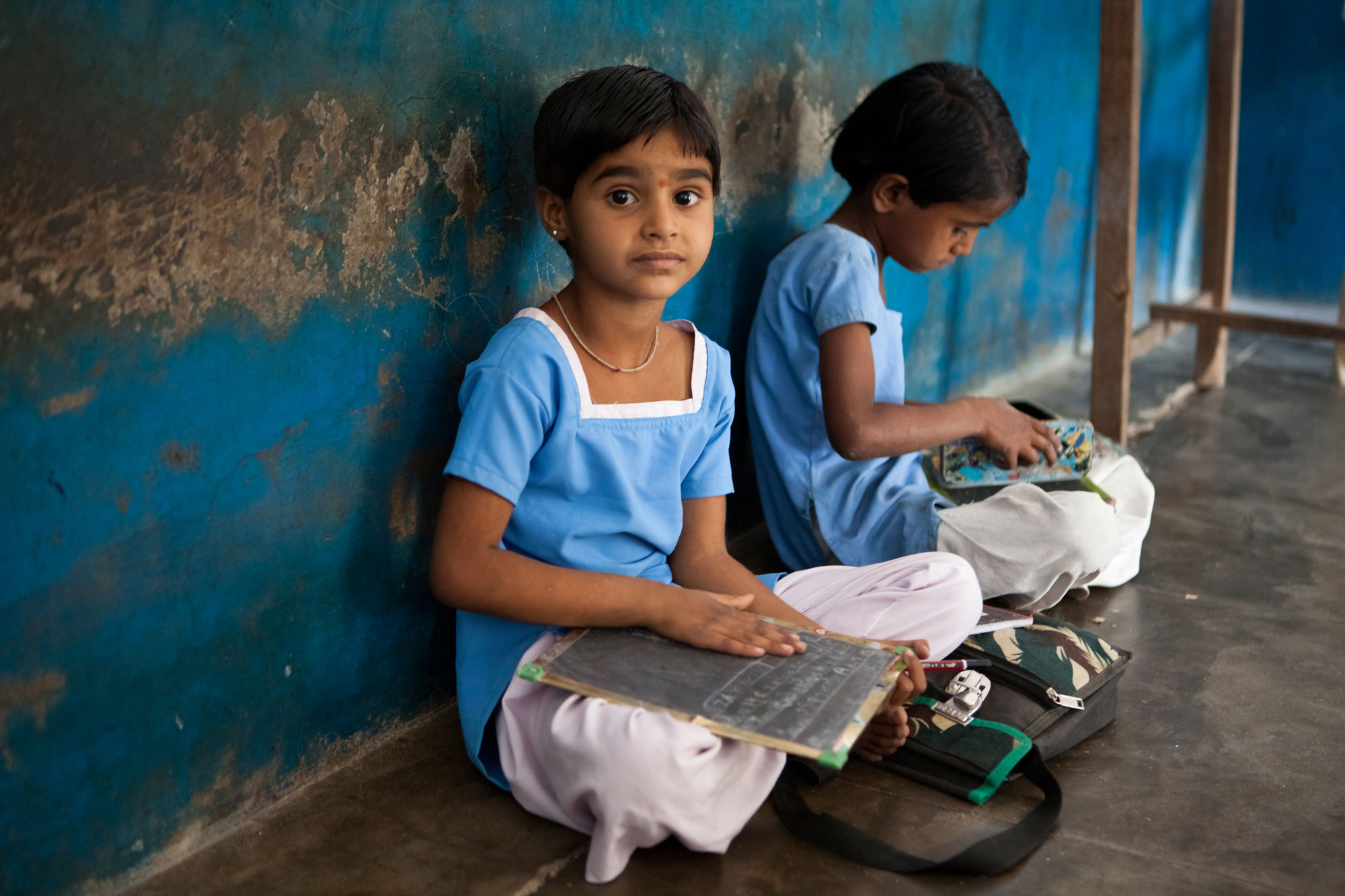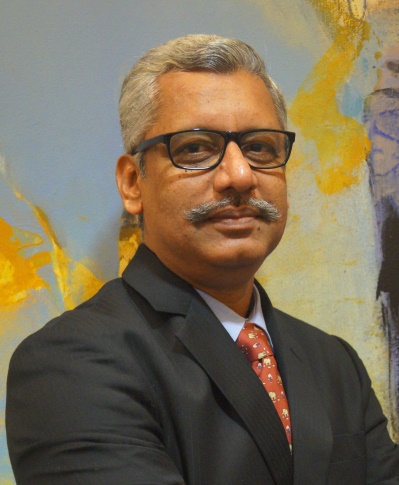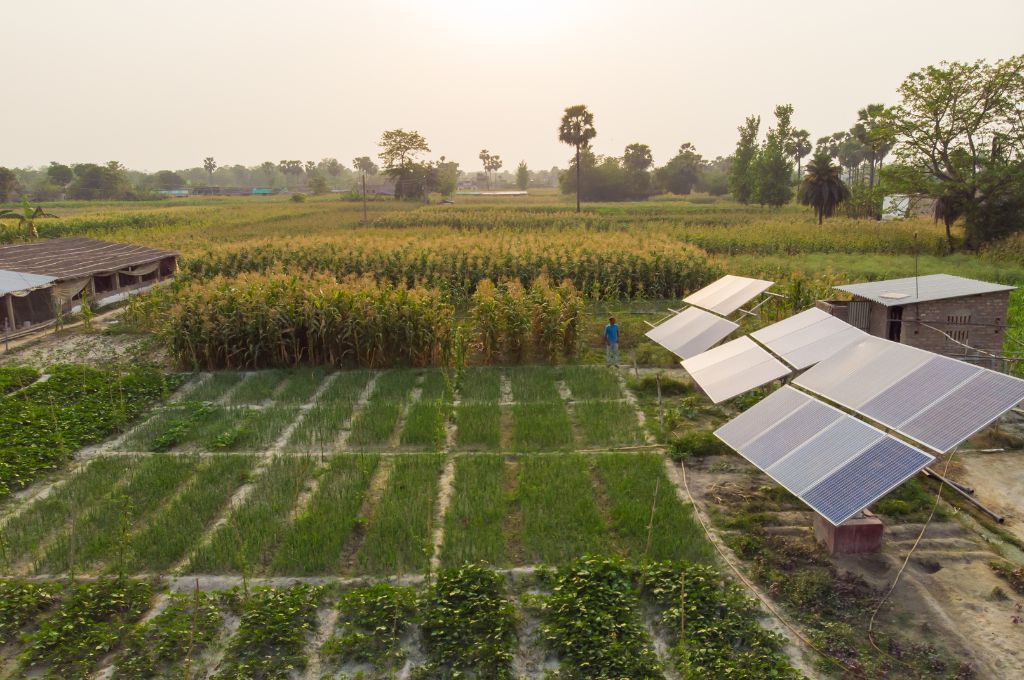A simple truth confronts funders setting out to make a difference in the Indian social sector: if you truly want to address this country’s unserved and unmet needs, you must be prepared to think and design for scale. And this is not possible without engaging with the government.
Compared to any funder, local, district, state or central governments have the closest understanding of any issue at the grass roots. They also have more funds and infrastructure at their disposal than any other contributor in the social sector.
For instance, government departments (related to health and family welfare, education, water & sanitation), have a cumulative annual budget of around INR 6,00,000 crore. Non-government funders, including international donor agencies, on the other hand, contribute approximately less than 2 percent of that figure. Funds mandated under CSR would probably add another percentage point.
Non-government funding is less than 3 percent of the overall funds available for the development sector.
All of which underpins the fact that the government is an important link and a valuable partner for funders as well as organisations working in the social sector.
Given the investments available with the government and the sheer reach of its infrastructure, co-creating solutions to be delivered through the government machinery, therefore, appears to be one of the most sustainable ways to bring about systemic change.
So how can private sector funders contribute to building a collaborative relationship? Here’s how:
- Providing risk capital
- Creating shared ownership with government around untested solutions
- Providing field level support and project management skills
- Engaging with the communities in a sustained and long-term fashion through the nonprofits you fund
- Focusing on outcomes
Related article: The government as a partner
To put it simply, you need to invest time, money and patience, and be willing to continuously pilot, demonstrate and engage.
Getting governments interested
In the initial stages, when you (or the nonprofit you support) approach a government with a pilot idea, the latter’s willingness to partner with you and provide financial support could be low. The government needs to see proof of concept and demonstrated results for the programme—it needs to be convinced that the programme works, and that it can work at scale. A good way to start engaging with a government is to:
- Identify what the government does not have and offer to bridge that gap, by providing complementary skills that are solutions-focussed.
- Ask for the difficult districts, where the government has faced challenges and has not been able to move the needle much over time.
- Pilot your programme, making sure that you don’t replicate the government’s system.
- Use your funds as risk capital. Experiment with your money, invest in generating evidence for the programme, and prove your hypothesis.
Making the partnership work
Piramal Swasthya has been working in small, remote tribal villages in the Araku region of Andhra Pradesh with the goal of reducing maternal and child mortality in the communities through various interventions, including the use of technology. We started our work in late 2012 in 180 habitations in Araku. In the last two years, there hasn’t been a single maternal death.

If you apply a numbers lens, no maternal death in 180 habitations means nothing when 55,000 new mothers die every year. But then you consider that Araku is a tribal area. And maternal deaths in tribal areas in India have stayed stubbornly high as compared to the national decline in the Maternal Mortality Rate (MMR).
The government needs to see proof of concept and demonstrated results for the programme.
The government acknowledges that Swasthya is working closely with its district medical and health offices and complementing the government’s resources and facilities. Therefore, today, if they ask us to replicate this model in other tribal blocks/districts, the ROI on Swasthya’s model of four years of investment and engagement makes sense.
Invest, pilot, demonstrate, expand. Repeat.
We have seen this happen with our education programme as well. In 2007, when Aditya Natraj started the Principal Leadership Programme to focus on school leadership as a way to improve learning outcomes for children, it was not on the government’s radar. In fact, they were puzzled as to why anyone would focus on training headmasters instead of just working with the children and their teachers.
Related article: The 3 P’s of working with the government
Piramal Foundation for Education Leadership (PFEL) managed to convince the government to give them 10 schools to start with. We kept focusing on interim evidence such as reduced drop-out rates, higher enrolment in government schools versus private schools, and improvement in learning outcomes, to convince the government to give us more schools in more districts.
Five years later PFEL invested in a randomised control trial—the most rigorous methodology of generating evidence—to demonstrate the impact of this approach on learning outcomes of children.
In 2014, the PFEL school leadership programme became an important part of the National Council of School Leadership (NCSL) under the Ministry of Human Resource Development. Today it works closely with NCSL to help create the framework on developing school leadership across multiple states.
To reiterate, knowing that non-government money is less than 3 percent of the overall funds for the development sector, let us use that money as a catalyst to innovate, pilot and demonstrate, while making sure that it is closely aligned with the government’s gap areas and needs.
Developing new solutions collaboratively, to address deep-rooted problems requires not just funding , but also technical and management skills, immense patience, persistence, and a willingness to learn from failures.
It is not easy and not everyone might have the appetite to do this. But there are philanthropists who have successfully built and run businesses at scale, who have been patient long-term investors, and who have seen the value of risk capital and what it can truly achieve.
It is far sighted individuals like these and their foundations who might fund and support organisations that aim to work in an integrated manner with the government and create impact at scale.
Because if one truly wants to impact the lives of millions of Indians, working with the government cannot and should not be an afterthought.





